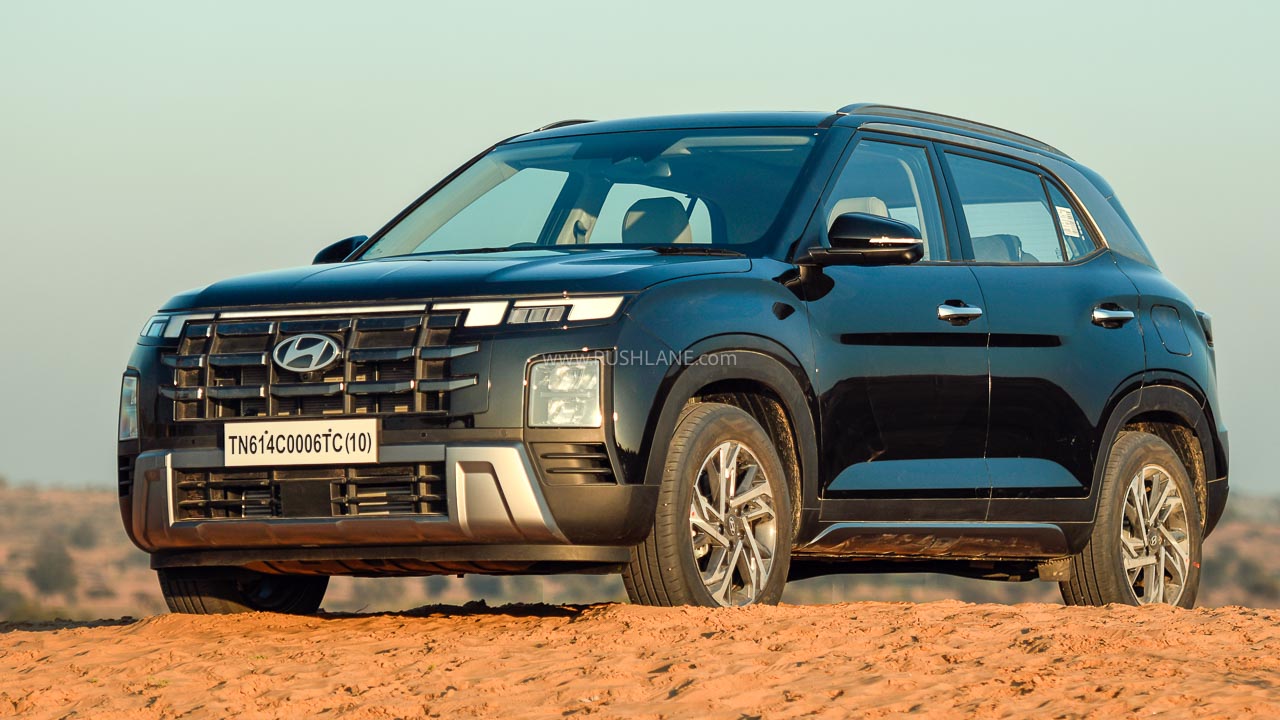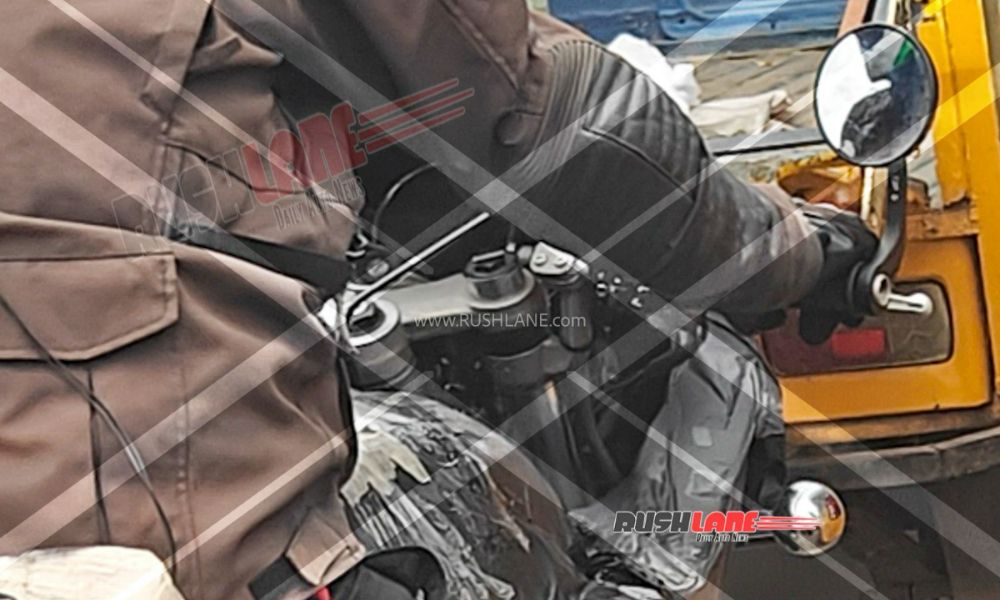


In 2019, Hyundai Motor India Ltd (HMIL) presented connected car technology in only 2 models. Now, these features have now been expanded to 12 models in the company portfolio. From 2019 to today, Hyundai has sold 6,75,204 connected cars, demonstrating the evolving nature of Indian automotive market and the shift in trends among buyers.
Hyundai Sold 6.75 Lakh Connected Cars
Connected car features have emerged as an important attribute for buyers. Both in terms of connectivity and safety, telematics suite allows these Hyundai models to be popular among a younger segment of buyers in the country. Hyundai has an expansive range of connected cars in its portfolio which has been steadily growing over the years.
With Hyundai Motor India Limited having sold a total of 6,75,204 connected cars over the past 6 years of 2019 to 2024, its contribution has improved from 4.7% in 2019 to 25.7% in 2024. The company offers connected car features via Bluelink, an AI-based technologically advanced platform with an in-built SIM car and offers 24×7 call center access for improved safety and convenience.



Bluelink is an AI-based technology, with an inbuilt SIM card and a 24×7 call center that enhances safety, security and convenience. The features offered by Hyundai Bluelink have increased from 35 features in 2019 to over 70 features in 2024. These connected car services started off in 2019 with the Hyundai Venue when it offered 35 telematics features across four key areas of Performance, Convenience, Safety and Security.
More recently, the company also introduced an in-car payment platform with the Hyundai Creta Electric allowing customers to make payments for EV charging through a total of 1,500 charging points. The system also helps users locate more than 10,000 charging points across the country. Apart from these two models, Hyundai Bluelink also spans models such as the i20, i20 N Line, Exter, Venue N Line, Verna, Creta, Creta N Line, Alcazar, Tucson and Ioniq 5 the electric SUV.
Hyundai Bluelink: Connected Features
Mr. Jae Wan Ryu, Function Head – Corporate Planning at HMIL, stated that the company was the first original equipment manufacturer (OEM) to introduce embedded connected car technology in India. He expressed confidence in the growing demand for connected car technology, citing the increasing number of tech-savvy and convenience-seeking car buyers in the country.



Going deeper into Hyundai Bluelink connected features, buyers have access to features such as remote services, real-time vehicle tracking and fuel efficiency levels. It also offers features such as directions to nearest Hyundai Service Centers, fuel station and restaurants along with navigation. In 2024 the company introduced Digital Key on the Alcazar allowing users to access various features of lock and unlock via a smartphone. This removes the user of a physical key. This feature is also now being offered in the Hyundai Creta Electric.
In terms of safety, the Hyundai Bluelink offers several safety features such as SOS, Auto Collision Notification and Road Side Assistance. This feature is vital in case of emergency. Bluelink also offers access to vehicle health with maintenance alerts, trip history, etc. Security features include theft of vehicle, geo-fencing alerts, valet alerts and high-speed alerts each of which can be accessed via Hyundai Bluelink. The company now aims to expand Bluelink’s features and availability which will further enhance sales.
Also read – Hyundai Creta Electric First Drive Review







